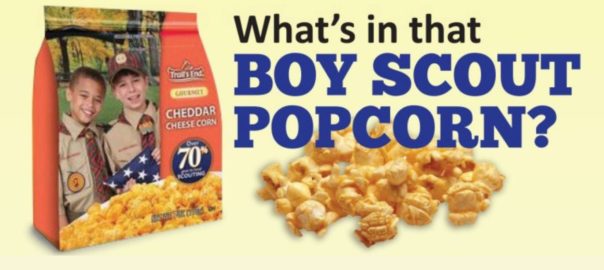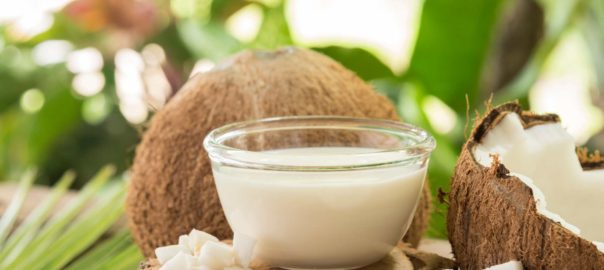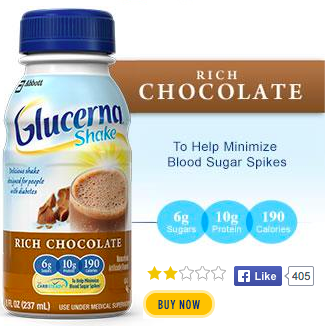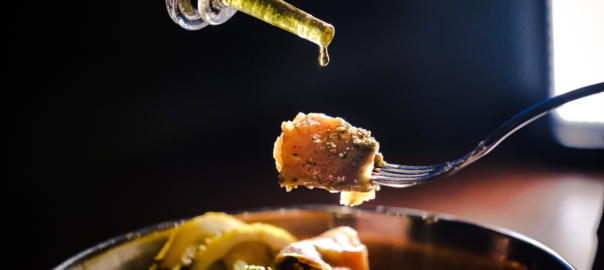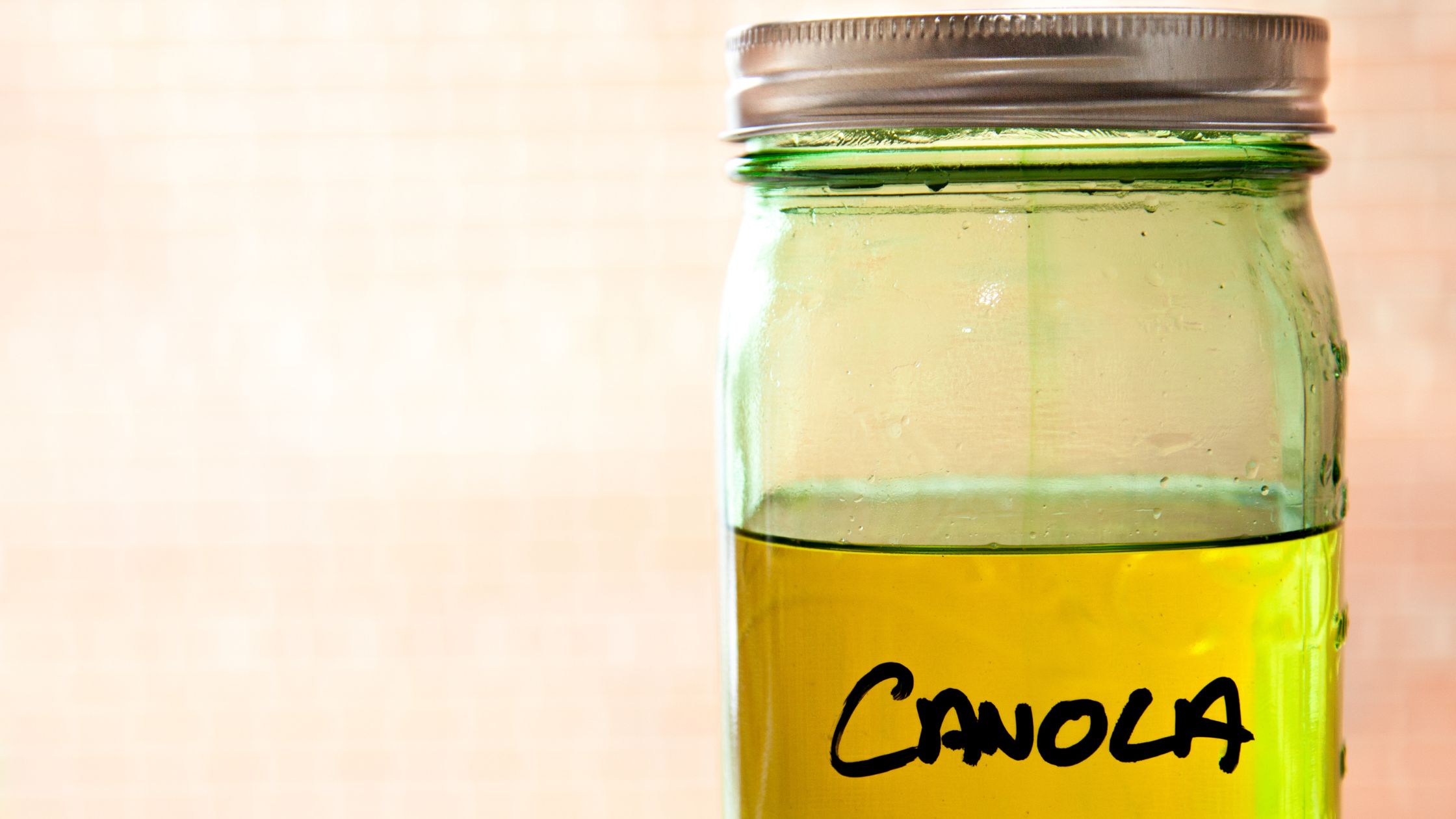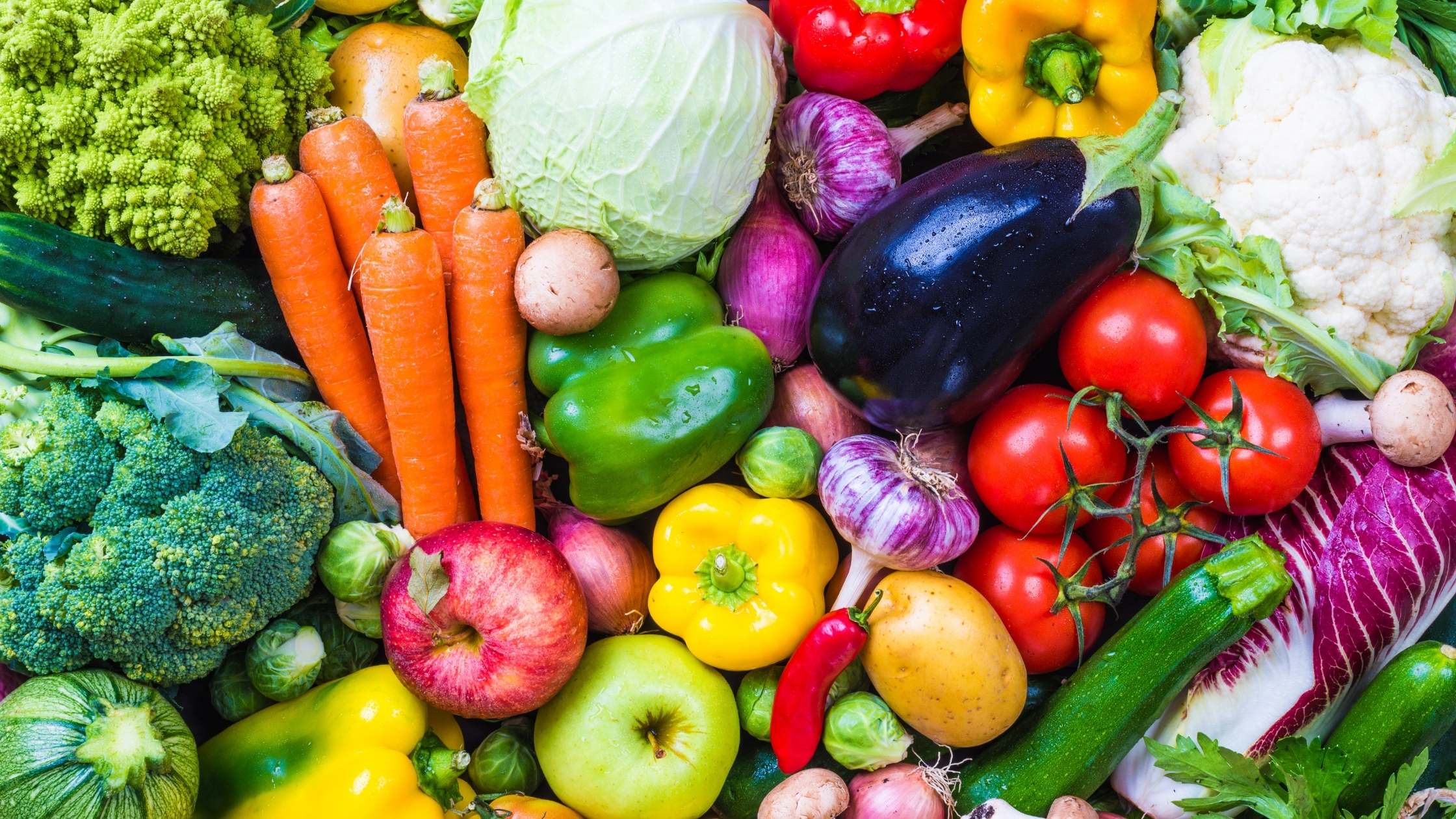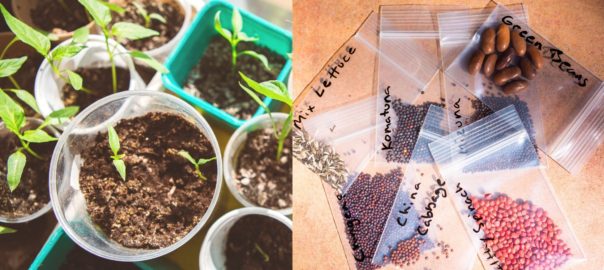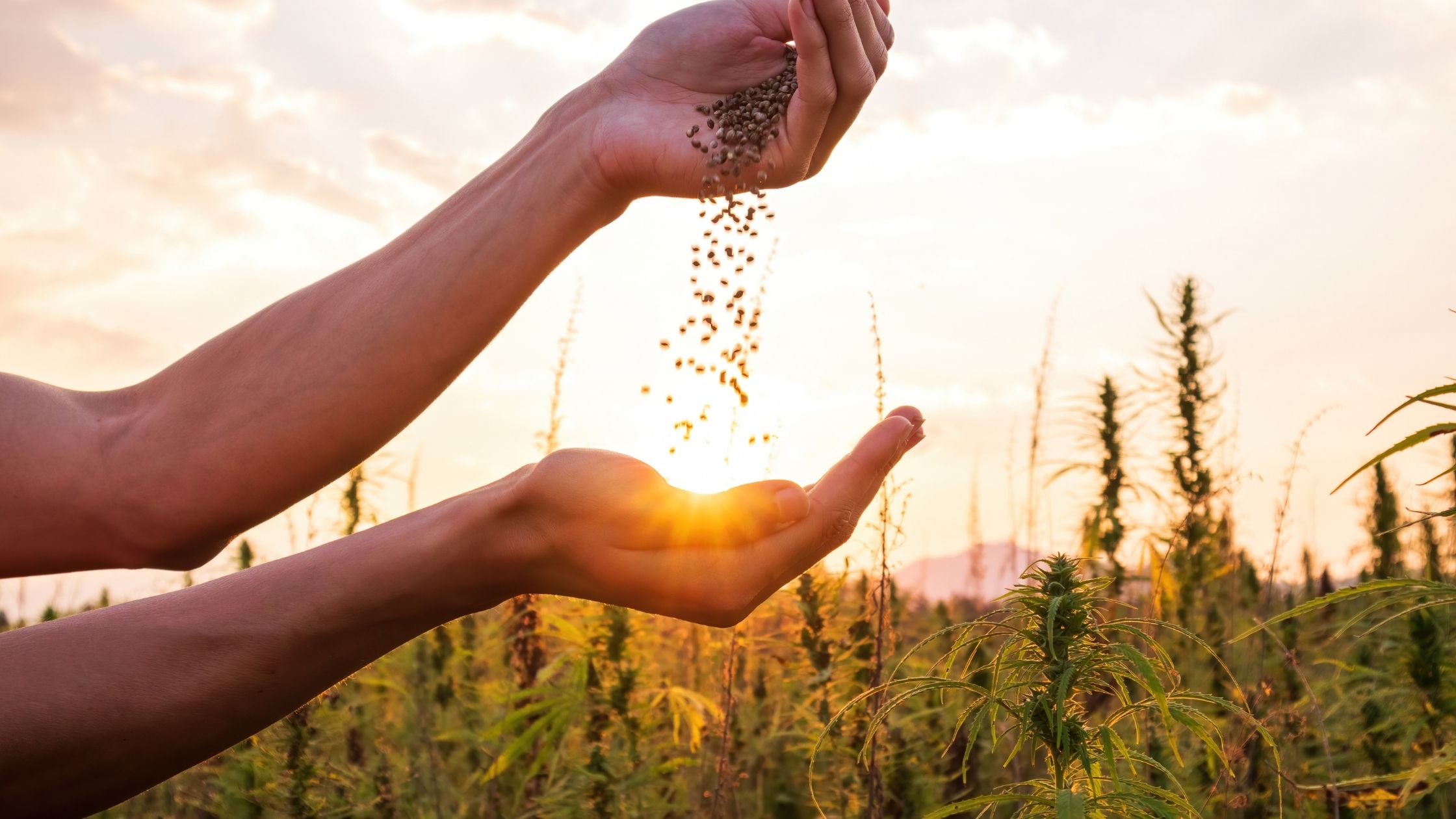Food niches
Food producers like to target niche markets where they believe they can capitalize on the desire of the consumer in that group to eat according to their needs. Categories may include diet or weight loss products, items aimed at athletes, or those who follow a particular dietary protocol such as Atkins, South Beach, Gluten Free, etc.
The latest target niche is cancer. Hormel Foods, in partnership with the Cancer Nutrition Consortium, has developed a line of Ready To Eat (RTE) foods aimed at those undergoing cancer treatment. Often people in this situation experience a wide range of issues when it comes to their food. These can include lack of appetite or a change in tastes and eating sensations. Coupled with a lack of energy, plus the physiological changes of treatment this often leads many people undergoing cancer treatment to be undernourished. They frequently do better with nutrient dense, higher protein meals.
What's in the box?
Unfortunately the choices developed by Hormel Foods do not represent the best options for nutrition as many of the ingredients are less than desirable. Some are even known to cause cancer. This is a rather upsetting thought when one considers that the item is aimed at those going through treatment for cancer who are presumably have a weaker immune system. Below is a slideshow highlighting examples from the Vital Cuisine line.
I find it astounding and rather appalling that a company would put ingredients known to cause cancer into a food product designed for those going through this very condition.
What to eat?
As mentioned above, the best food choices for those who are undergoing treatment for cancer are real, nourishing, nutrient dense foods. I always encourage people to read the label. When dealing with a health-care crisis this becomes even more important. While it may be overwhelming to learn how to understand the body's nutritional needs when dealing with cancer, there are resources out there. A couple of my favorite books are:

The Cancer Fighting Kitchen: Nourishing, Big-Flavor Recipes for Cancer Treatment and Recovery by Rebecca Katz
 The Whole Food Guide for Breast Cancer Survivors: A Nutritional Approach for Preventing Recurrance by Edward Bauman and Helayne Waldman
The Whole Food Guide for Breast Cancer Survivors: A Nutritional Approach for Preventing Recurrance by Edward Bauman and Helayne Waldman
The idea of niche marketing for specific health conditions is quite probably a new category of foods. Who knows, we may find ourselves seeing foods designed to support those with arthritis, gout, or ulcerative colitis on the shelf next. As always it is important to look past the hype and the labeling. Be informed, read the label, and eat well.






